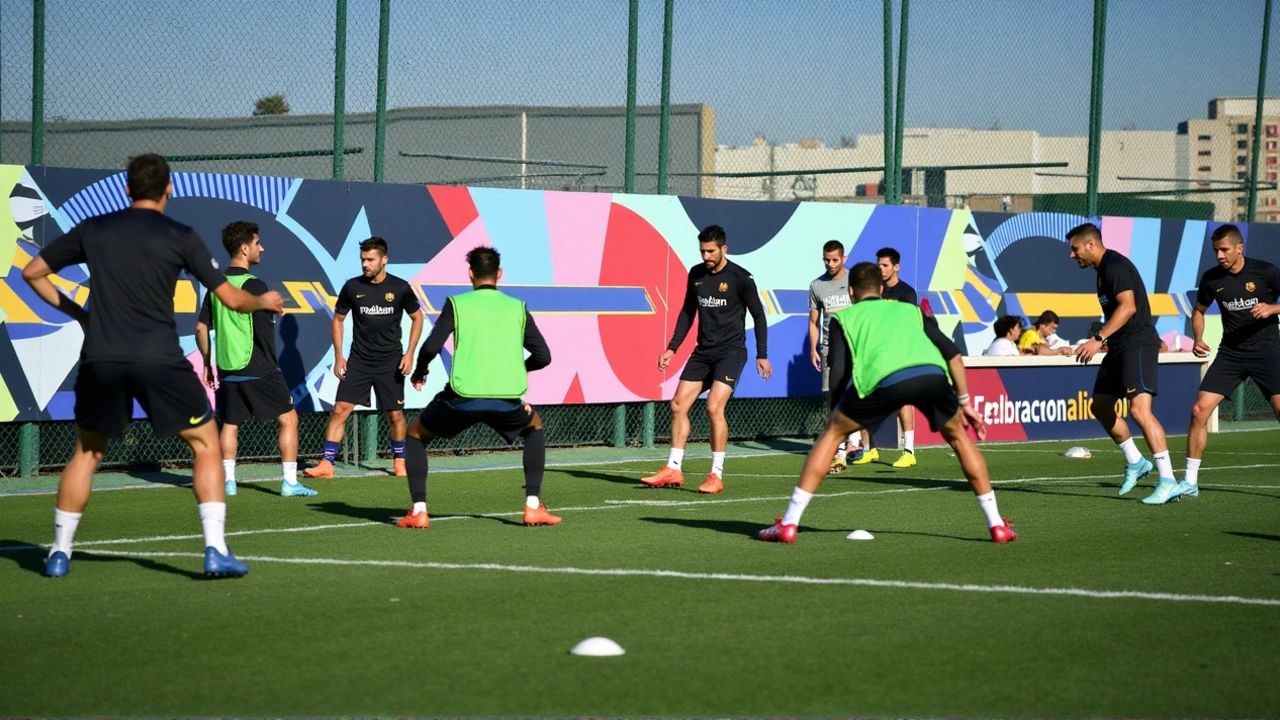
FC Barcelona's Return to Training Marks Start of Busy Competition Schedule
FC Barcelona’s first team will return to the training pitch on December 29, after a brief Christmas holiday. Having just played a friendly match against Club América in Dallas, this break provides the team some valuable downtime before diving headfirst into a packed January schedule. This period not only serves as an opportunity for the players to rest and rejuvenate their bodies but also a moment to recalibrate mentally, ensuring they return to the field with renewed vigor and focus.
The resumption of training sessions marks the beginning of preparations for the challenging tasks that lie ahead in early 2024. Barça's first major test will be in the La Liga, where they face Las Palmas on January 4 in the Estadio Gran Canaria. This match signifies the importance of being at the top of their game, as every point gained or missed could be crucial in the intricate dance of league standings. Besides the obvious strength requirement, the coordination and tactical acumen demanded of each player will be under sharp scrutiny from both the management and the discerning fans.
Significance of the Open-Door Training Session
The day following their return, an open-door training session is scheduled at the Estadi Johan Cruyff. Held on behalf of the FC Barcelona Foundation, this event provides a unique opportunity for fans and aspiring young players to see their heroes in action, up close and personal. It’s not merely a promotional event; it's a significant tradition that emphasizes the club's commitment to community engagement. Such occasions are treasured by fans, as they offer a glimpse into the hard work and discipline that the players undergo to perform at their peak.
Importance of Preparations for Copa del Rey and Spanish Super Cup
As the team gears up, there's more awaiting them than just the La Liga. The Copa del Rey presents another level of competition. On January 7, Barça will face Barbastro in what promises to be a challenging encounter. The tournament is known for its unpredictability and drama, where lower league teams often punch above their weight, making every match a potential banana-skin, even for clubs of Barcelona’s stature. Winning this fixture is crucial for maintaining momentum and morale.
High Stakes and High Rewards in Saudi Arabia
Perhaps the most significant series of fixtures on the horizon is the Spanish Super Cup, where the Catalan giants will travel to Saudi Arabia. Their first hurdle here will be a January 11 semi-final clash against Osasuna. Matches in such an international setting bring additional challenges, including adapting to different climatic conditions and ensuring peak physical fitness post-travel. The allure of the final, scheduled for January 14, provides ample motivation for the entire squad.
The Super Cup is more than just a title; it's an opportunity to set the tone for the rest of the season. Winning it early in the year could give the team a psychological edge, a tangible display of their ambitions and capabilities to rivals.
Impact of the Intense Schedule on Team Dynamics
With such a robust schedule, the depth of the squad will be thoroughly tested. Management decisions surrounding player rotations and tactical adjustments will be crucial to navigate this period successfully. The burden on star players often needs to be shared to maintain fitness and avoid burnout.
Moreover, this intense schedule is a chance for emerging talents to showcase their readiness to take on bigger responsibilities within the team. Players who seize these opportunities could find themselves integral to the team’s strategy moving forward.
Conclusion: A New Year Filled with Opportunities
The end of December marks not just the return to training, but the start of a pivotal period for FC Barcelona. These initial games could potentially define their course for the remainder of 2024. As players lace up their boots and step onto the practice field, they do so with ambitions to conquer forthcoming challenges, fueled by the passion that has come to be expected of this illustrious club. Both the management and the supporters will watch closely, eager to see flashes of brilliance and unity that define champions. The coming weeks will be as much about tactical execution as they are about heart, determination, and the unyieldz bond shared between the players and the millions who cheer them on worldwide.
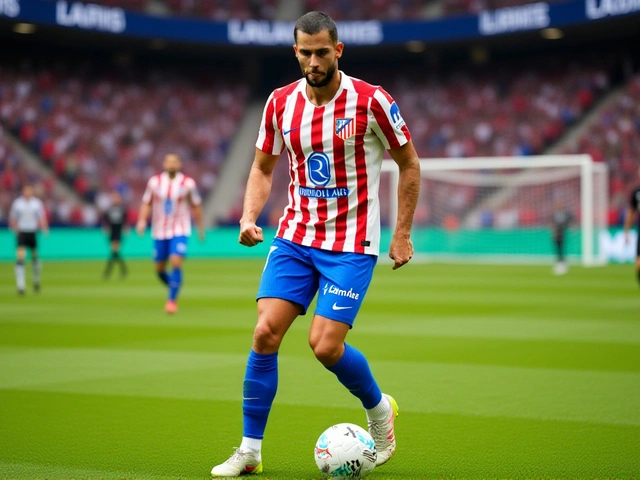
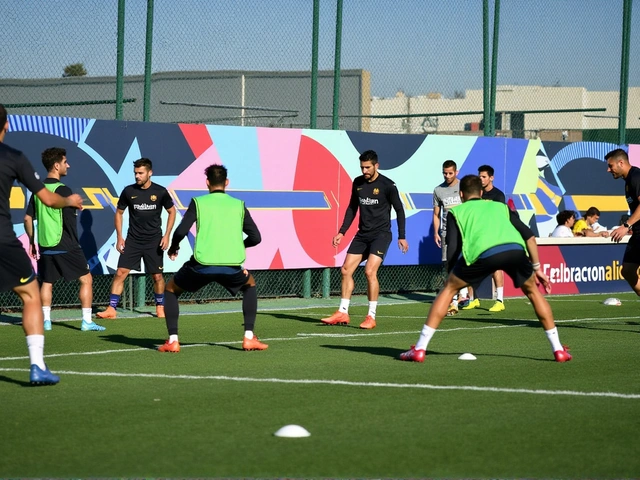
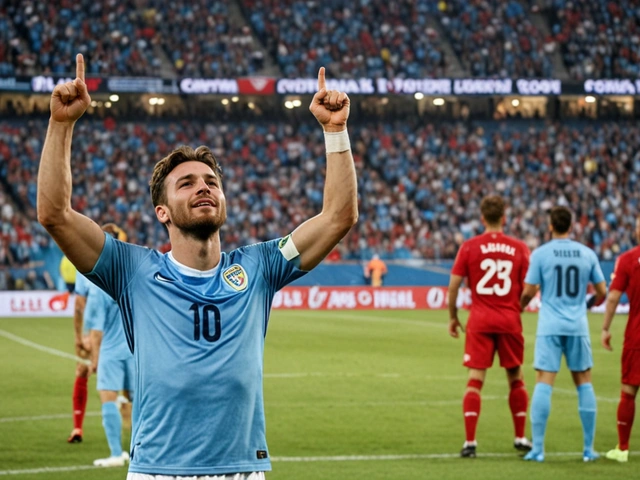
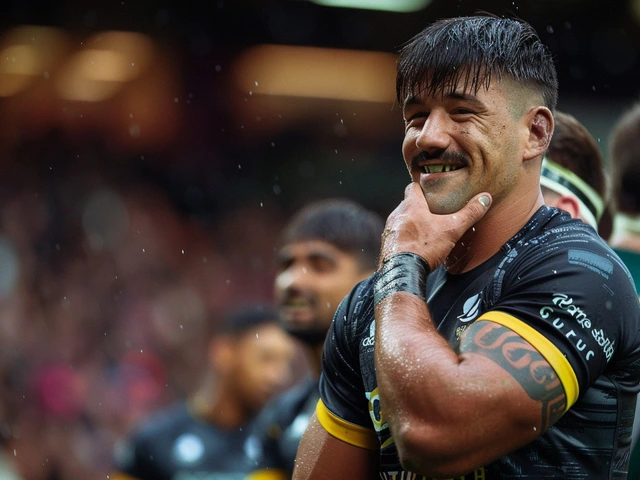

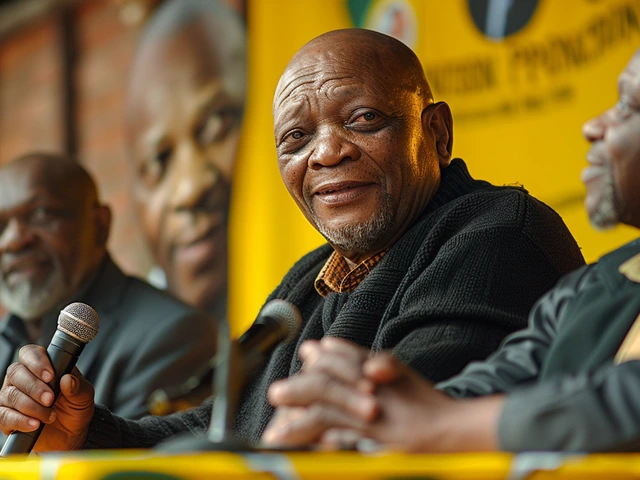
Returning to the pitch after the holidays offers a rare moment for collective introspection, a pause between the relentless rhythm of competition. In the quiet of the training ground, players can recalibrate not only their bodies but also their mental narratives. This mental reset is crucial when the calendar immediately loads a dense sequence of decisive fixtures. The open‑door session, while a fan‑focused gesture, also serves as a mirror for the squad to see themselves through the eyes of their community. When the team embraces that reflective loop, the ensuing performances often carry an added layer of purpose. Ultimately, the balance between rest and preparation becomes a subtle catalyst for sustained excellence.
The scheduled training aligns with professional standards for elite clubs.
I concur; the timing adheres to best‑practice periodisation, ensuring optimal load management while preserving competitive edge.
The advent of a post‑holiday training micro‑cycle, while ostensibly benign, is in fact a paradigmatic illustration of strategic load attenuation interlaced with psychophysiological priming mechanisms. From a sports science perspective, the circadian realignment necessitated by trans‑atlantic travel to Dallas, followed by rapid readjustment to Catalonian chronobiology, imposes a multifaceted stress matrix that must be meticulously modulated. Moreover, the imminent fixture congestion-encompassing La Liga, Copa del Rey, and the Saudi‑hosted Supercopa-engenders a combinatorial explosion of tactical permutations, each demanding discrete cognitive bandwidth. The coaching staff’s proclivity for rotating the roster is not merely a superficial concession to fatigue; it reflects an underlying stochastic optimisation algorithm predicated upon injury mitigation and performance variance reduction. Concurrently, the open‑door training session, while superficially a public relations exercise, functions as a salient social identity reinforcement cue, thereby augmenting collective efficacy through fan‑player resonance. The resultant psychodynamic uplift can be quantified via elevated serotonergic activity, a neurochemical substrate associated with heightened motivation and reduced perceived exertion. In tandem, the nuanced integration of emergent talents into first‑team drills serves as a tacit signal of succession planning, a longitudinal strategic imperative that transcends the immediacy of the January agenda. The inherent volatility of knockout competitions-epitomised by the Copa del Rey’s propensity for lower‑division upsets-necessitates a heightened alertness to variance amplification, wherein a single defensive lapse can precipitate exponential loss cascades. The Saudi milieu introduces additional thermoregulatory challenges; acclimatization protocols must therefore incorporate hyperthermic conditioning to offset any deleterious osmotic fluxes. Lastly, the macro‑narrative of title acquisition in the Supercopa operates as a psychological fulcrum, potentially recalibrating the squad’s internal hierarchy of motivational priorities. In sum, the confluence of physiological load management, tactical flexibility, psychosocial reinforcement, and environmental adaptation coalesces into a complex adaptive system whose emergent properties will indelibly shape Barcelona’s competitive trajectory this winter. Future analytical models will likely incorporate wearable telemetry data to refine real‑time decision matrices, thereby enhancing predictive accuracy regarding player readiness. The club’s medical consortium is also poised to leverage peptide‑based recovery modalities, a frontier technology that, while contentious, promises accelerated myofibrillar repair. Moreover, the strategic communication hierarchy between the technical director and the head coach must remain transparent to preempt any epistemic dissonance that could jeopardize in‑game adaptability. In addition, the engagement of the fan base through the open‑door session may generate a measurable uplift in merchandising revenue, an ancillary benefit that indirectly funds further performance‑enhancing investments. Ultimately, the synthesis of these multi‑dimensional initiatives will construct a resilient operational framework capable of withstanding the vicissitudes of a dense January schedule.
Great insights! The blend of science and soul will fire up Barça this season.
The winter lull is about to burst open like a theater curtain, revealing a cast of warriors poised for battle. Each drill, each pass, becomes a stanza in a saga that fans will recount for years. The open‑door session will transform ordinary spectators into witnesses of a living legend in the making. As the calendar tightens, the team's unity will be tested, but the drama of competition promises unforgettable moments.
I acknowledge the vivid portrayal; systematic preparation will indeed be the decisive factor.
One must admire Barcelona’s meticulous orchestration of a post‑holiday resurgence; it is a masterclass in strategic foresight. The convergence of domestic fixtures and the exotic allure of the Saudi Supercopa constitutes a crucible for both tactical acumen and physiological adaptability. While many clubs flounder under such compressed timelines, Barça’s depth offers a veritable reservoir of talent ready to be tapped. In this grand tableau, every substitution, every positional tweak, is a brushstroke on a canvas destined for triumph. Let us, therefore, anticipate a season where brilliance is not merely occasional but the prevailing motif.